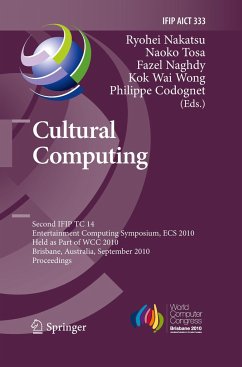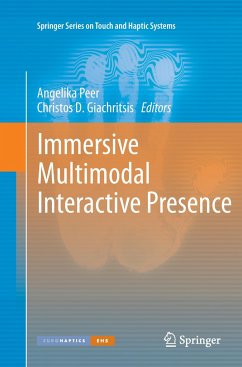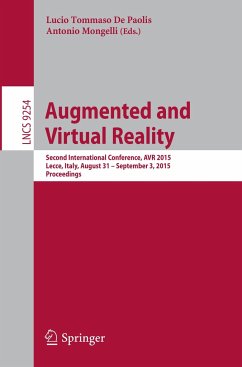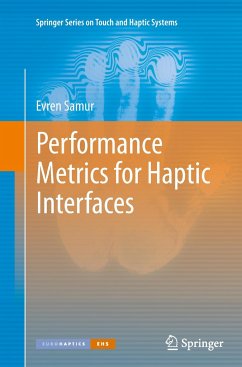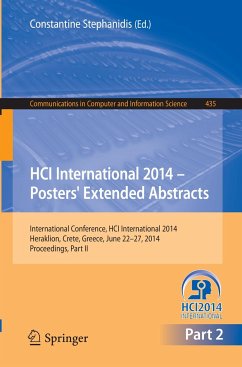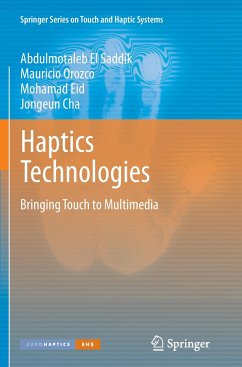
Haptics Technologies
Bringing Touch to Multimedia

PAYBACK Punkte
38 °P sammeln!
The term "haptics" refers to the science of sensing and manipulation through touch. Multiple disciplines such as biomechanics, psychophysics, robotics, neuroscience, and software engineering converge to support haptics, and generally, haptic research is done by three communities: the robotics community, the human computer interface community, and the virtual reality community.This book is different from any other book that has looked at haptics. The authors treat haptics as a new medium rather than just a domain within one of the above areas. They describe human haptic perception and interface...
The term "haptics" refers to the science of sensing and manipulation through touch. Multiple disciplines such as biomechanics, psychophysics, robotics, neuroscience, and software engineering converge to support haptics, and generally, haptic research is done by three communities: the robotics community, the human computer interface community, and the virtual reality community.
This book is different from any other book that has looked at haptics. The authors treat haptics as a new medium rather than just a domain within one of the above areas. They describe human haptic perception and interfaces and present fundamentals in haptic rendering and modeling in virtual environments. Diverse software architectures for standalone and networked haptic systems are explained, and the authors demonstrate the vast application spectrum of this emerging technology along with its accompanying trends. The primary objective is to provide a comprehensive overview and a practical understanding of haptic technologies. An appreciation of the close relationship between the wide range of disciplines that constitute a haptic system is a key principle towards being able to build successful collaborative haptic environments.
Structured as a reference to allow for fast accommodation of the issues concerned, this book is intended for researchers interested in studying touch and force feedback for use in technological multimedia systems in computer science, electrical engineering, or other related disciplines. With its novel approach, it paves the way for exploring research trends and challenges in such fields as interpersonal communication, games, or military applications.
This book is different from any other book that has looked at haptics. The authors treat haptics as a new medium rather than just a domain within one of the above areas. They describe human haptic perception and interfaces and present fundamentals in haptic rendering and modeling in virtual environments. Diverse software architectures for standalone and networked haptic systems are explained, and the authors demonstrate the vast application spectrum of this emerging technology along with its accompanying trends. The primary objective is to provide a comprehensive overview and a practical understanding of haptic technologies. An appreciation of the close relationship between the wide range of disciplines that constitute a haptic system is a key principle towards being able to build successful collaborative haptic environments.
Structured as a reference to allow for fast accommodation of the issues concerned, this book is intended for researchers interested in studying touch and force feedback for use in technological multimedia systems in computer science, electrical engineering, or other related disciplines. With its novel approach, it paves the way for exploring research trends and challenges in such fields as interpersonal communication, games, or military applications.





